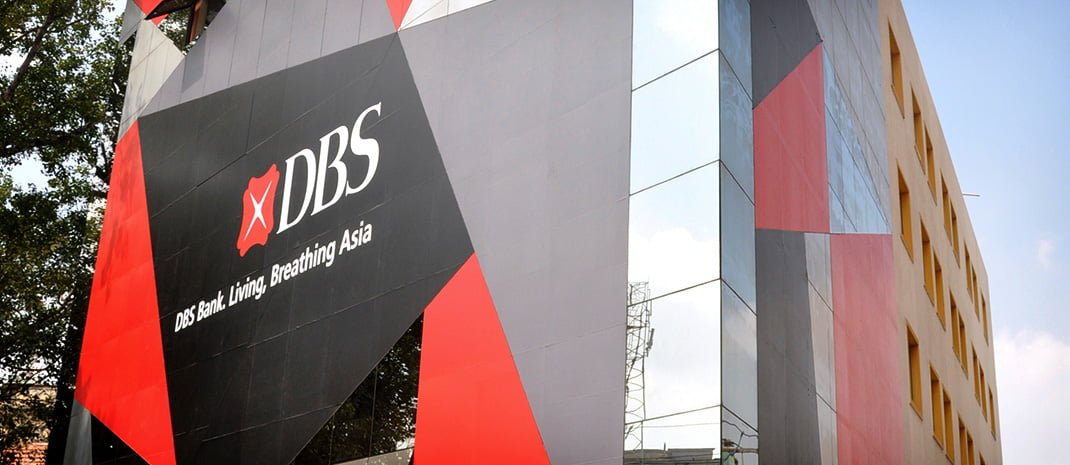Gradual pickup in 1Q20
Final quarter of 2019 (i.e. 3Q FY20) growth release is likely to reinforce that the Indian economy is in midst of bottoming out in the current growth cycle, said DBS banking group of Singapore on 25 Feb 2020.
Headline GDP growth has slowed from 8% yoy in June 2018 to 5% in June 2019 (1QFY) and 4.5% in September 2019 (2QFY).
For 4Q19, lead data has been mixed, with the bank’s momentum indicator signalling a modest slowdown from quarter before.
“We expect growth to stand at 4.4% yoy followed by stabilisation in 1Q20 and a gradual pick-up, thereafter, helped also by base effects. 4Q GVA is likely to stand at 4.3% yoy, steady from quarter before,” said DBS.
Manufacturing and public services to bottom
On the supply end, manufacturing production, considered a proxy for a quarter of industrial activity (unorganised sector), was marginally better at -0.3% yoy in 4Q vs -0.4% in 3Q, but weaker than the comparative period year before.
Restocking demand is likely to have lifted production after a prolonged period of drawdown.
Corporate earnings also stabilised in the quarter.
PMI-manufacturing indices ended the year on a strong note.
Services likely fared better, with growth in public services (derived from revenue expenditure) registering double rise for a second consecutive quarter, catching up after 1H delay due to elections.
Banks’ deposit growth ticked up from lows, but credit growth pulled back.
Signs for trade and retail/wholesale trade indicators were mixed as commercial vehicle sales fell by a smaller extent, but goods and services tax collection as well as railway traffic moderated. Tourism arrivals improved in the quarter.
On the flipside, agricultural production likely slowed to sub-2% yoy in 4Q due to unseasonal rains affecting production and hurting supplies.
The impact was also visible in a sharp jump in food inflation due to higher vegetables and protein sources.
Utilities also likely decelerated, as reflected in a -5.8% yoy, deepening -0.6% yoy in 3Q in electricity output. Lead indicators for the construction sector were marginally better, with slower steel production but offset by rise in cement and non-metallic goods.
Passenger auto production and sales are rose on festive demand and seasonal push.
On the demand end, rural consumption indicators – two-wheelers and tractor sales improved, while non-durables output slowed in 4Q.
Urban consumption indicators also signal improved demand, but high inflation likely weighed on real purchasing power.
Investment demand is expected to fare better due to higher public sector spending (as signalled by proxies).
CMIE data points to an increase in new private capex investments in 4Q, driven largely by two big-ticket projects – excluding which capex figures are down on the year.
Net trade should be a smaller negative as a fall in exports (INR basis) was accompanied by a sharper fall in import demand.
The Monetary Policy Committee (MPC) is also likely to consider developments around COVID-19.
For now, the coronavirus impact on India is felt through supply chain disruptions from China as well as regional players, who in turn are net importers from China.
Temporary price increases are likely to be accompanied by production delays if the pain spills over into 2Q20, believes DBS. fiinews.com








